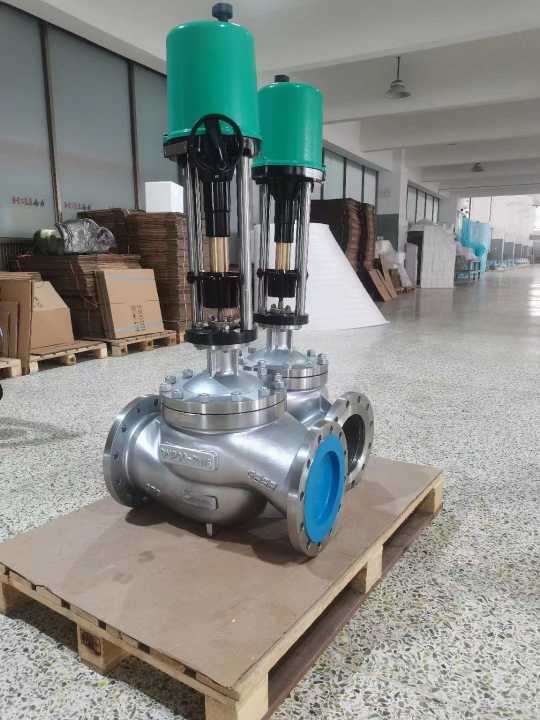As the world accelerates its shift towards sustainable energy sources, hydrogen energy has gained significant attention as one of the most promising alternatives to fossil fuels. Hydrogen, when used as a fuel, produces only water as a byproduct, making it an environmentally friendly solution for reducing carbon emissions. In this transition to a hydrogen-powered future, several key technologies play a crucial role in ensuring efficiency, safety, and precision in hydrogen systems. One such component is the Hydrogen Energy Electric Single Seat Regulating Valve, which plays an essential part in controlling and regulating the flow of hydrogen in various applications.

What is a Hydrogen Energy Electric Single Seat Regulating Valve? A Hydrogen Energy Electric Single Seat Regulating Valve is a type of control valve used in hydrogen energy systems to manage the flow and pressure of hydrogen gas. The valve features an electric actuator that provides precise control over the valve’s position, allowing it to open or close in response to signals from a control system. This design ensures that the flow of hydrogen gas is regulated with high accuracy, which is particularly important in applications where safety and performance are critical. The “single seat” refers to the valve’s design, which incorporates a single sealing element (or “seat”) that controls the flow of gas. This type of valve is known for its simplicity, reliability, and ease of maintenance, making it an ideal choice for hydrogen systems where safety and performance are paramount.
Leave a Reply